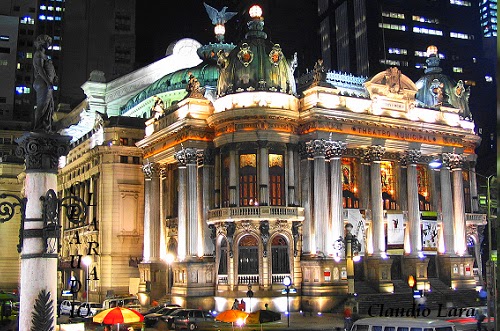NUDISM IN RIO
FKK-Revolution in Rio de Janeiro
by travelbook.com
Endlich ist erlaubt, was seit 30 Jahren
bereits „illegal“ praktiziert wird. Rio de Janeiro hat ein Gesetz
erlassen, das FKK am Strand Abricó offiziell gestattet. Für das
eigentlich recht prüde Brasilien gleicht dies einer kleinen
Kulturrevolution.
-
 Foto: Getty Images
Foto: Getty ImagesNudisten haben nun auch in Rio de Janeiro einen Strand, wo sie ganz legal nackt sein dürfen (Symbolfoto)
Vom Karneval abgesehen, bei dem das Land eine Art kollektiven Ausnahmezustand feiert, ist Freizügigkeit verpönt. Natürlich wussten sich die Brasilianerinnen zu helfen: Wenn schon Nacktheit nicht möglich war, so sollte der Bikini zumindest ein Annäherungsversuch daran darstellen. Das Ergebnis ist wohl die knappste Bademode der Welt: der Tanga-Bikini, der auf Portugiesisch schlicht nur „Fio dental“, Zahnseide, genannt wird.

„Fio dental“ (Zahnseide) nennt sich diese Variante des Bikinis. So kann der Po maximal gebräunt werden
Foto: Getty Images
Denn was in Europa ganz normal ist, gilt in Brasilien als „obszöne Handlung“. Zwar gibt es in dem größten Land Südamerikas bereits „legale“ und entsprechend gekennzeichnete FKK-Strände, etwa Pinho in Santa Catarina – in Rio jedoch schien das bislang undenkbar.
Deswegen gleicht das Gesetz, das nun Rio de Janeiro verabschiedet wurde, einer kleinen Revolution, oder besser gesagt: der Begründung dafür. Weil aufgrund von Großereignissen wie zum Beispiel den Olympischen Spielen 2016 immer mehr Touristen, in deren Heimat die Freie-Körper-Kultur „weit verbreitet“ sei, in die Stadt kämen, habe man sich entschlossen, den seit Jahren von Naturisten frequentierten Strand von Abricó im Westen Rios offiziell zum Nudistenstrand zu machen, so Stadträtin Laura Carneiro, auf deren Initiative das Gesetz zurückgeht.
In anderen Bundesstaaten Brasiliens habe sich gezeigt, dass FKK-Strände, die entsprechend gekennzeichnet seien, einen positiven Effekt auf den Tourismus gehabt hätten, zitiert die Website „Globo“ Carneiro. Wobei die Fußball-WM ein entscheidender Faktor für die Realisierung des Gesetzes war. Laut „Globo“ hätten viele während ihres Rio-Besuchs die Gelegenheit genutzt, um in Abricó der Nacktheit zu frönen. Letztlich zog die Gesetzgebung nur nach und legalisierte das, was ohnehin längst Usus war.

Naturisten am Strand von Abricó
Foto: Corbis

Der Strand von Abricó wird seit den 70ern von Nudisten frequentiert
Foto: Wikipedia
















































